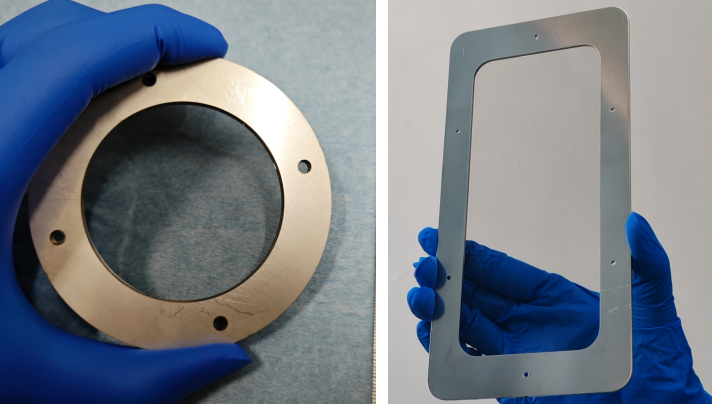
Researchers at the Ningbo Institute of Materials Technology and Engineering of the Chinese Academy of Sciences have made an important breakthrough by developing a three-dimensional electrical imaging technique that directly reveals how defect passivation treatments work in perovskite films.
A joint research team from the Institute of Metal Research of the Chinese Academy of Sciences and the Songshan Lake Materials Laboratory has achieved precise control and real-time observation of atomic-scale structural transformations, a fundamental scientific challenge in atomic-scale manufacturing.
Researchers from the Institute of Metal Research of the Chinese Academy of Sciences have developed an innovative flexible sensor that can simultaneously detect strain, strain rate, and temperature using a single active material layer, representing a significant advance in multimodal sensing technology.
Researchers from the Institute of Metal Research of the Chinese Academy of Sciences have established a safety service criterion for critical marine equipment, marking a major advance in the understanding and quantitative assessment of hydrogen-induced damage in titanium alloys under deep-sea conditions.
A research team led by Prof. YE Jichun from the Ningbo Institute of Materials Technology and Engineering of the Chinese Academy of Sciences, in collaboration with partners, has proposed a synergistic technical solution enabling industrial tunnel oxide passivating contact (TOPCon) solar cells to simultaneously achieve high efficiency, low cost, and excellent bifacial power generation performance.

A joint research team from the Institute of Metal Research and Zhengzhou University has achieved power conversion efficiency surpassing 20% in flexible modules capable of withstanding a range of external stresses. The study highlights the use of single-walled carbon nanotubes as window electrodes for scalable flexible perovskite solar modules.

86-10-68597521 (day)
86-10-68597289 (night)

52 Sanlihe Rd., Xicheng District,
Beijing, China (100864)

